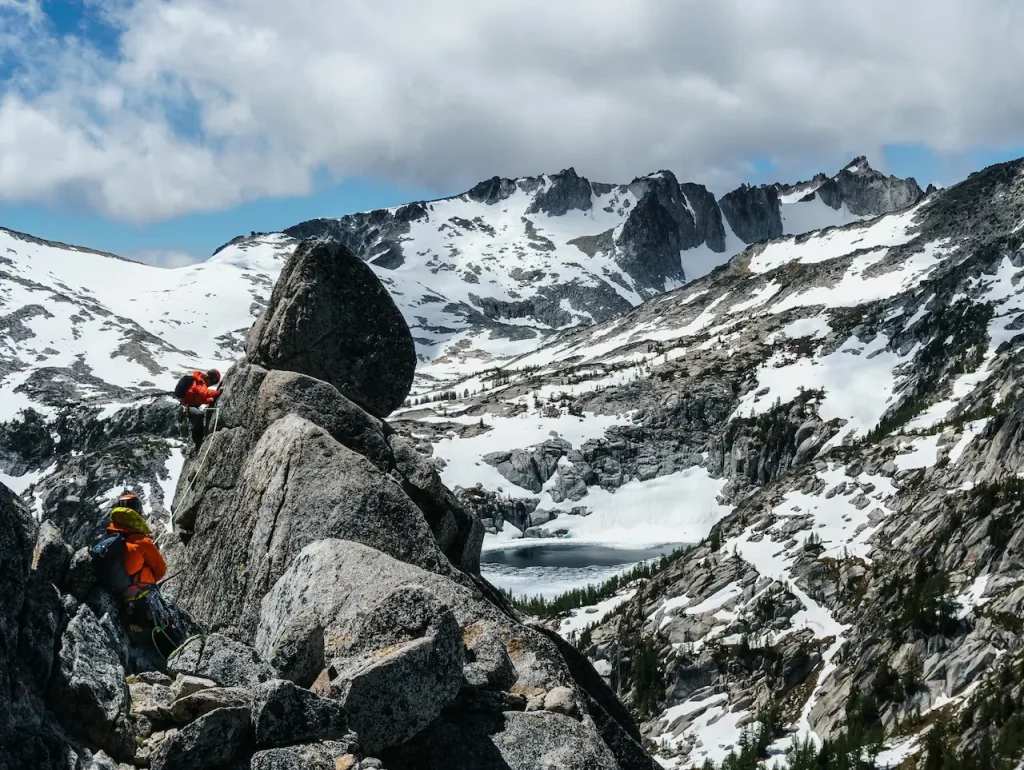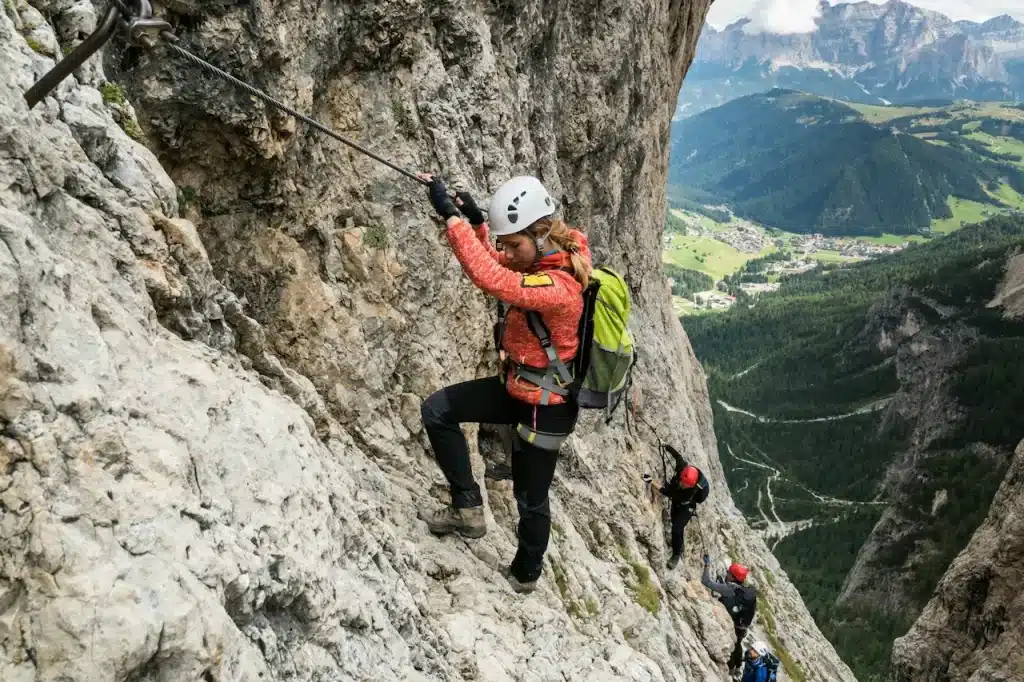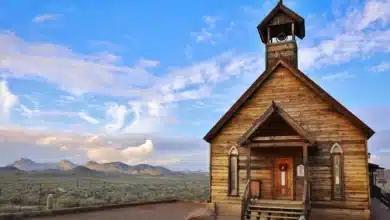A crew of hardened mountaineers fought against the terrain and time, far from the city hum. As the sun rose, it slammed mercilessly into their faces as they scaled a massive rock face, which towered above the valley like a fortress.
It wasn’t a normal job. It was a massive operation. The massive task of removing hundreds of tonnes of granite, sedimentary rock, and other materials was complicated by the lack of manpower, delays, and deadlines.
The Geographic Theatre – A Mountain Range in Transition
It was a rugged, raw and stunning location, a vast mountain range that had been carved out by millennia-long tectonic erosion and upheaval. The jagged peaks jutted out sharply into the distance, covered in patches of snow that clung to the mountain despite the intense summer heat. Below, lush forests covered the slopes, and rivers snaked through the valley to feed into a shimmering lake in the distance.
This rock face was a natural giant, a sheer cliff that rose almost vertically. Its surface was scarred with ancient fractures and streaks of weathered mineral veins. It might have appeared immovable and eternal to a casual observer, but the crew saw it as a battlefield they needed to conquer.

Backstory: Delays, Pressures and the Background
This project began months ago with high expectations and meticulous planning. The goal was to clear a section of the rock face in order to make room for an important infrastructure project, such as a road or hydroelectric plant. Nature’s unpredictable nature, coupled with equipment failures that were not anticipated and a lack of skilled workers, had completely thrown off the schedule.
The pressure increased as the weeks turned into months. Once comfortably far away, the deadline now loomed very close. The team was behind schedule. Contractors called daily to ask for updates. Government inspectors were on their tails. Every day that was wasted cost the project tens and thousands of dollars.
The Crew: People of Grit and Resolve
The crew on the ground was a mixture of men and women, veterans and newcomers. They were all bound together by a shared burden, a nearly impossible task. Marco was the foreman. He was a grizzled, sun-burnt man who had years of experience inscribed on his face. His sharp, calculating eyes missed nothing while he coordinated from the rocky ledge.
The rock climbers were suspended from the ceiling on harnesses and ropes. They moved like mountain goats. Each specialist was an expert in his or her own right, a mix of climbers and engineers, as well as demolition experts. Elena was one of only a few women in the team. Her calm precision and fearlessness earned her the nickname “The Hawk”. She scaled the cliff face with ease, placing explosives at the best locations.
The task they were performing was dangerous. A single mistake could cause loose rocks to fall, putting the crew and equipment below in danger.
The Work: Sweat and Stone Symphony
The process was dangerous and tedious. The first task was to break the rock down into manageable pieces. The team used pneumatic drills, chisels, and their rhythmic beat echoed against the canyon walls. The workers shouted at each other in raw, but determined voices as dust billowed into thick clouds.
After a section had been prepared, explosives were carefully placed. It was a delicate process–too little and the rock will remain intact, but too much and it will shatter unpredictably. The crew learned to feel the rock as if it were alive, detecting stress lines and weaknesses that are invisible to untrained eyes.
Then came the countdown–heartbeats accelerating, breaths held. The explosions echoed as thunder, shaking the earth and sending dust plumes skyward. The rock would fall in a controlled chaos. It would break apart and tumble toward the excavators waiting below.
Challenges and Triumphs
The crew was surprised by the high morale despite the physical strain. The camaraderie was born out of shared hardship–a joke between dust-covered faces or a hand steadying someone on the shoulder. Or a quick lunch shared under the shade of an improvised tent.
The job was still gruelling. The rock seemed to be alive, with heat waves shimmering on its face. Dehydration was also a constant danger. A sudden rainstorm made the granite slippery and dangerous. The team had to stop working while they secured their equipment, waited for the storm and tension was crackling through the damp air.
Nature’s Witness: The Surrounding Environment
The natural world was watching silently. Eagles circled above, their sharp cries cutting the din of machinery. Mountain goats walked along distant ridges oblivious of the human drama below. In hidden crevices, wildflowers bloomed, and ancient trees stubbornly clung to the rocky ground.
The stars were ablaze at night, free from the pollution of city lights. The Milky Way stretched like a river made of diamonds across the sky. Around the campfire, stories were told–tales about past projects, near-misses, or dreams for the future. The vast, indifferent mountain seemed to absorb both their fears and hopes.

Take a Moment to Reflect
Marco stood at the base of the cliff alone and watched the sun sink behind the mountains. After the dust settled, there was a strange silence. They had progressed despite the obstacles and setbacks. Human determination and sweat were gradually transforming the rock face.
He thought about the families who waited for him at home, the promise that a good job would be done, and how this rock giant might look a bit less intimidating when they were finished.
The Rock Stars of the Mountains
This crew of rock-scalers was more than just a labour force. These rock stars were not the glamorous kind but heroes who possessed grit and skill. They fought against stone and time in a harsh mountainous landscape. They embodied the spirit of human endurance.
The story of their journey was not only etched in the scars on the mountain, but also in the sweat and dust they shared, as well as the determination that bound them all together. This is proof that even the most powerful rocks can be shifted when people work together.


